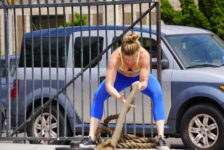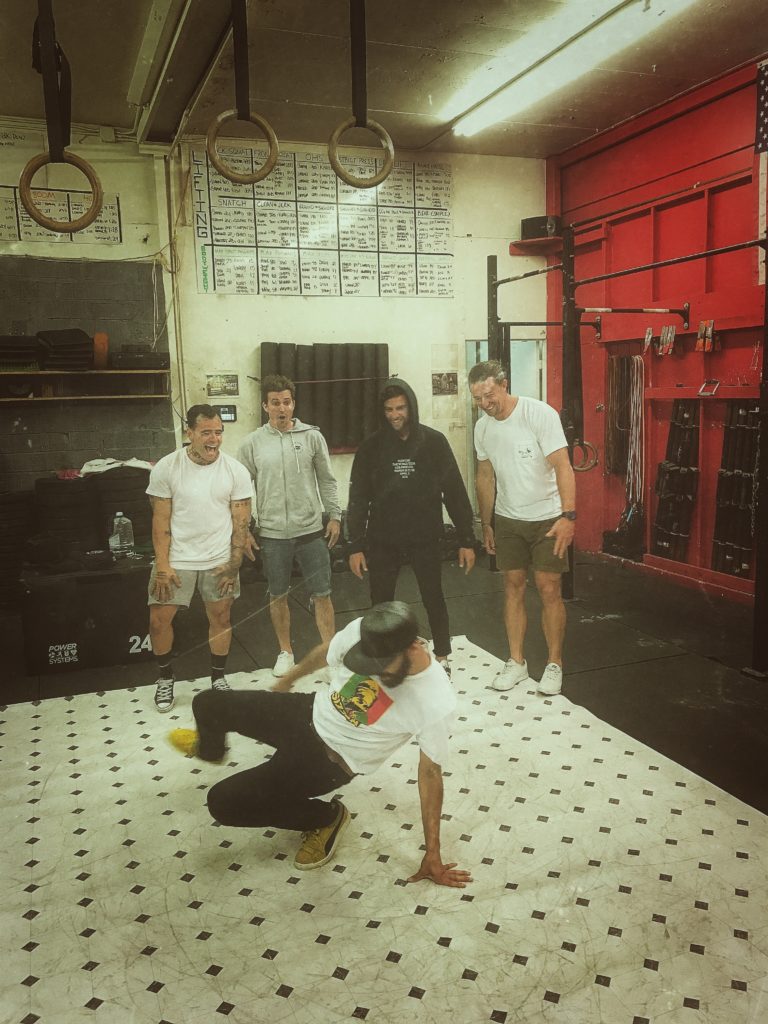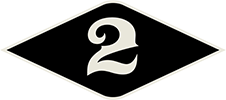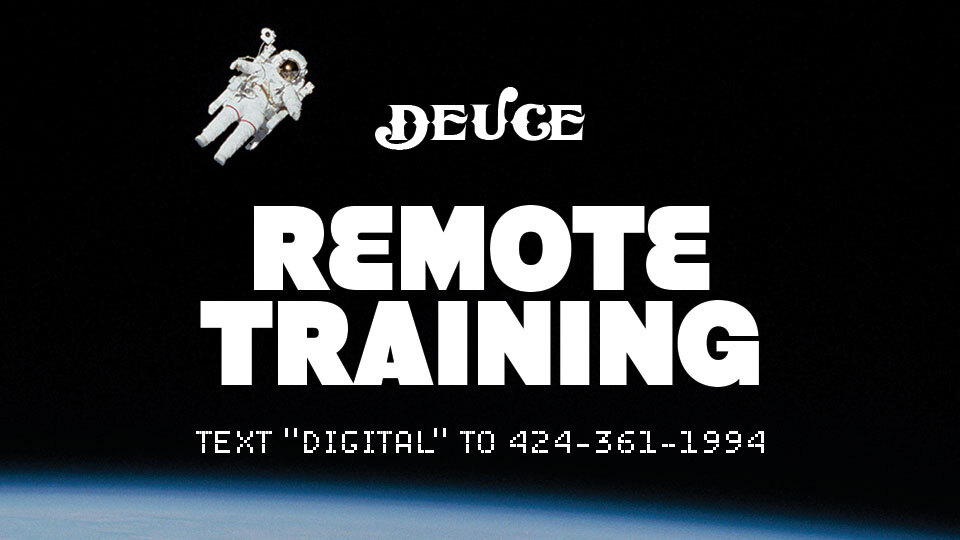
In the gym we follow countless rules. In life and sport, however, our movement has very few guidelines. For example, I tell you to put your feet under your hips in order to pick things off the ground and I tell you to keep your heels down when you squat down, but the rest of your life sure doesn’t, nor should it. Rules in the gym like how to stand, what your grip should be, and how many reps you should do are artificial means for developing greater capacity. Life, however, isn’t an exercise. We move about our days and through our tasks with greater freedom, such is the dichotomy between training movement and movement for life.
Consider how specifically I coach you to squat in the gym. One of the specific things I demand from you often in the gym is to squat with your heels on the ground, for example. Yet, I squatted (at the catcher position) for nearly twenty years playing baseball and my heels were off the ground the entire time. In fact, I rested in my toes while squatting and in some scenarios (with no runners on base), I’d relax into a position where the outsides of the soles of my shoes would come off the ground. If I saw any of you squatting like this in the gym, I’d cringe and begin berating you with cues to fix your movement. On the baseball field, though, I was in the perfect position.
The gym has many conventional rules, but life (and sport) does not.

While hosting some of my favorite people in the world for a couple days for some important meetings, we found ourself back at DEUCE last night. As you may now by know, Coach Christopher is a renown b-boy and has recently made a comeback to the sport. In fact, his crew has qualified for the Freestyle Session World Finals. Last night, he and some breaking legends were practicing at the gym and I was eager to learn something new, so there I was on the linoleum trying to learn some moves.
After all, what better way to challenge my understanding of performance than in this ultimate free expression of human movement? I was learning a flare, which is a beautiful, powerful movement requiring major understanding of strength, flexibility, and coordination. The strength and conditioning coach in me looked at its attributes like a checklist. Strength? Flexibility? Coordination? Beauty? Power? You’re speaking my language!
In addition, what practicing this looked like had familiar elements except without the squared off edges or rigorous rules we see in the gym. The stiff legged spin to initiate the movement, for example, has elements of the hollow body position, but not exactly. The prone potion I was spinning towards looked like a plank from elbows, but not quite. Furthermore, the hand work pushing into the ground looked like the bodyweight pushing mechanics of a planche push up, but a little bit different.
This is what I mean. While the work done following the rules helps, there are no rules here.
In this break dance setting, I’m attempting to express my strength, flexibility, coordination, beauty, and power but without the rules of my training. I left the session grateful to learn from such masters and inspired that we must not lose sight of what’s really happening in the gym. We’re following guidelines to develop to skills and abilities, but we must recognize that it doesn’t take an attempt to break dance to understand that how you’ll likely express your abilities in your life won’t come with any of the artificial guidelines we create in the gym. We must learn the rules to break the rules.
Logan Gelbrich
@functionalcoach
6/7/17 WOD
AMRAP 20
20 Thrusters (135/95)
20 Bar Facing Burpees
20 Chest-to-Bar Pull Ups




